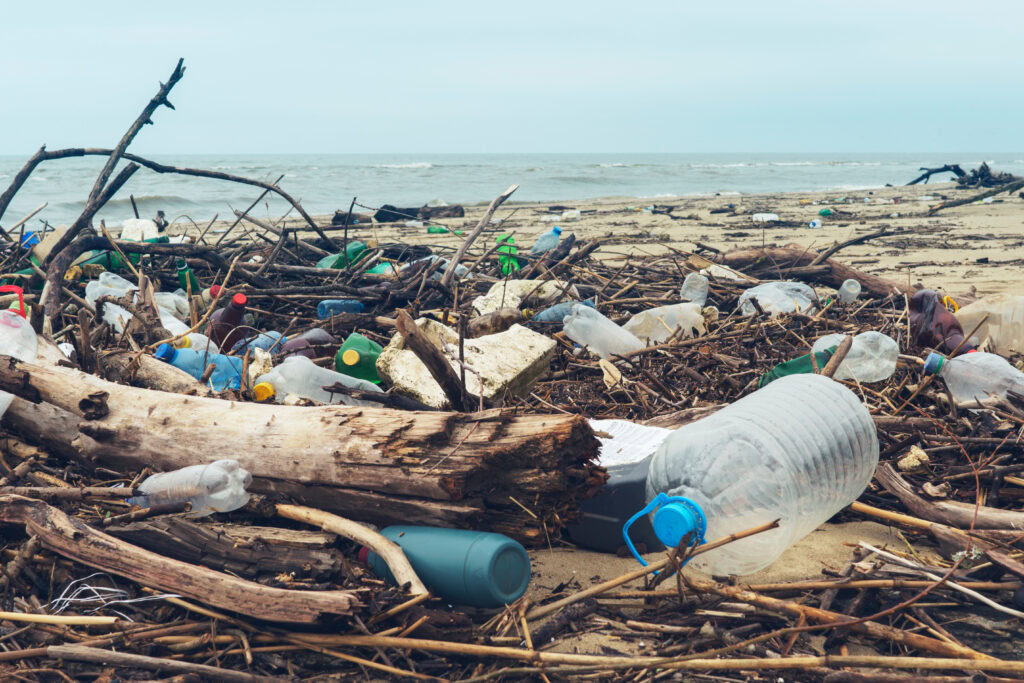In its Second Chief Regulator report, published today (21 November 2025), Chief Regulator Jo Nettleton, said that enhanced monitoring is now exposing “the true scale of environmental harm”, particularly in the waste sector, which accounted for the highest proportion of serious pollution incidents in 2024.
According to Nettleton, better data, stronger enforcement tools and clearer regulatory standards are increasingly necessary as serious incidents reach their highest level since 2013.
She said that a “sharper eye on the reality we face” is essential if the EA is to intervene earlier, hold operators to account and protect both communities and the environment.
Nettleton commented: “We are using digital intelligence, clear standards and modern regulatory practice to protect the environment while enabling sustainable growth which is central to our mission.
“Regulation should help responsible businesses thrive while ensuring polluters are held to account.”
The report did not make clear whether additional funding will be made available to support the new measures, but suggested that the cost recovery and charging strategy will undergo “significant transformation” to fully cover costs.
Waste was highest polluter in 2024
The report identified waste as a sector of concern, alongside agriculture and water, with the EA stating that “poorly managed sites” and escalating waste crime continue to drive environmental harm.
In 2024, waste operations were responsible for the highest number of serious pollution incidents of any regulated sector, accounting for nearly a quarter of all serious events recorded that year.
The Agency logged 146 serious incidents linked to both permitted and exempt waste activities, a 57% rise compared with 2023.
Landfills and deposit-for-recovery sites were a particular focus, with incidents more than tripling year-on-year to 76 in 2024.
Earlier this year, a House of Lords committee urged the government to commission an independent review of its approach to waste crime, warning that the current enforcement system is no longer fit for purpose.
In a letter to Environment Secretary Emma Reynolds, the committee voiced “deep concern about the demonstrable inadequacy” of existing arrangements, criticising the EA’s performance, the limited impact of the Joint Unit for Waste Crime and what it described as a longstanding lack of police engagement.
EA commits to more inspections
Looking ahead, the report set out a series of actions the Environment Agency intends to prioritise in order to reverse the rise in serious pollution incidents and strengthen compliance.
Central to this was the expansion of inspection and enforcement capability, supported by new technology, more regulatory staff and a clearer, more data-led understanding of risk.
The Agency has committed to carrying out 10,000 inspections by March 2026. Nettleton noted that this enhanced visibility is already revealing underlying issues, particularly at sites with historic problems or inadequate controls.
Environment Agency Chief Executive Philip Duffy said: “We are evolving to meet modern environmental and economic challenges by focusing on smarter, more effective regulation.
“I welcome the Chief Regulator’s report which highlights both progress and challenges across sectors and the tangible benefits being delivered for communities, businesses and the environment.”
Alongside the increase in inspections, the report outlined the EA’s intention to modernise its systems and processes to support more “efficient” regulation.
A regulatory reform programme is also advancing, with the EA working with government to develop the environmental permitting system, include introducing a new registration route for low-risk installations.









Subscribe for free